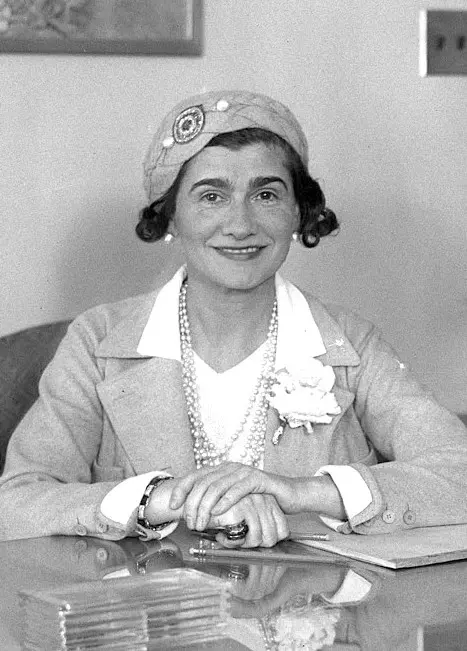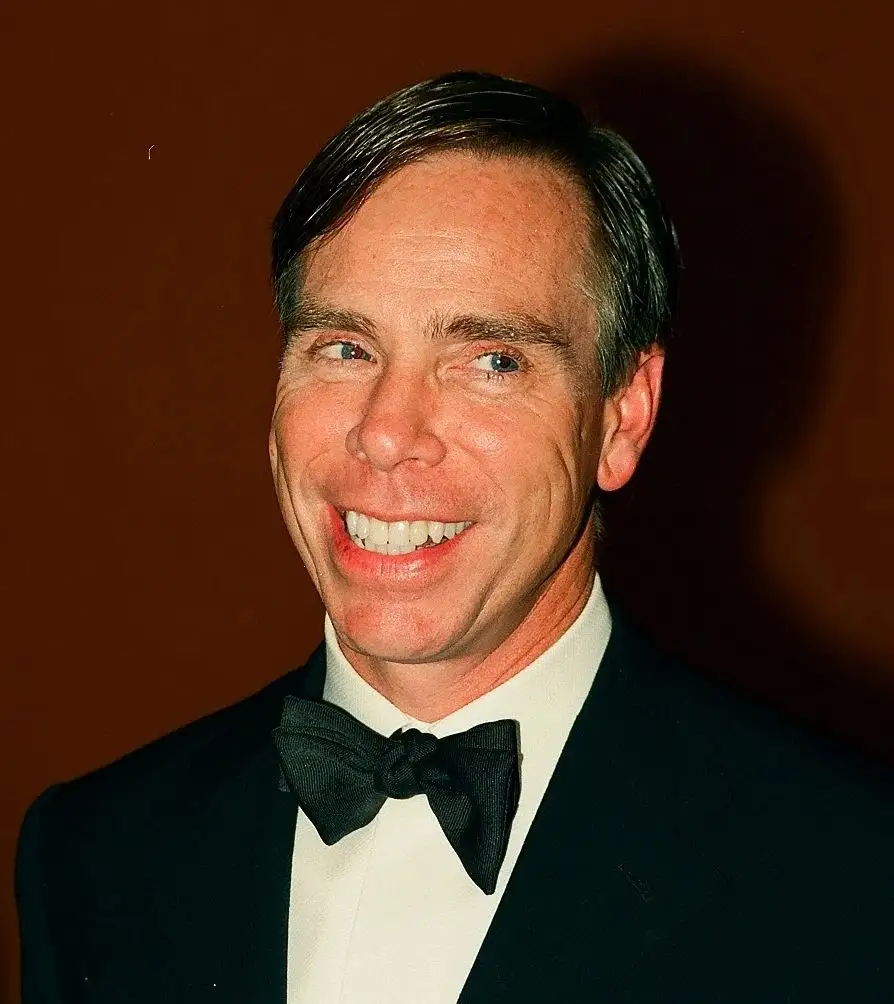Why These Stories Matter
The fashion industry might seem glamorous from the outside, but behind every iconic brand lies a story of determination, creativity, and relentless hustle. These five designers prove that world-class fashion empires can emerge from the most modest beginnings—whether it’s selling ties from a drawer or sketching designs in a tiny apartment.
What makes these stories particularly fascinating is how each designer identified a gap in the market and filled it with their unique vision, often going against conventional wisdom of their time.
1. Ralph Lauren – Polo Ralph Lauren
The American Dream Architect

How It Started Small
Ralph Lifshitz (later Lauren) began his fashion journey in 1967 with just $50,000 borrowed against his apartment. Working from a single drawer at a necktie company, he sold his own tie designs under the “Polo” name. His wider, more colorful ties stood out dramatically against the narrow, conservative options dominating menswear at the time.
How He Became a Style Icon
Lauren transformed his tie business into a lifestyle empire by understanding that people don’t just buy clothes—they buy into dreams and aspirations. He created the “Polo Ralph Lauren” universe, complete with preppy aesthetics, country club vibes, and all-American luxury that appealed to both actual elites and those who aspired to that lifestyle.
Highlights & Legacy
- Pioneer of lifestyle branding: One of the first designers to create an entire world around his brand
- Built a $6 billion empire while maintaining creative control throughout his career
- Movie costume legend: Designed wardrobes for “The Great Gatsby” and “Annie Hall”
- His Polo shirts became a status symbol across all social classes
- Still owns significant stake in his company despite stepping back from day-to-day operations
2. Coco Chanel – Chanel
The Revolutionary Who Freed Women from Corsets

How It Started Small
Gabrielle “Coco” Chanel opened her first boutique in 1910 at 21 rue Cambon in Paris with financial backing from her lover, Arthur Capel. She started by creating and selling women’s hats, working from a tiny space that would later become the legendary Chanel headquarters.
How She Became a Style Icon
Chanel revolutionized women’s fashion by introducing comfort and practicality to a world dominated by restrictive corsets and elaborate designs. Her simple, elegant approach—epitomized by the little black dress and Chanel suit—gave women freedom of movement while maintaining sophistication and class.
Highlights & Legacy
- Created the “little black dress”: Vogue called it “Chanel’s Ford” for its universal appeal
- Chanel No. 5: Launched in 1921, still one of the world’s best-selling perfumes
- Pioneered costume jewelry: Made it fashionable for wealthy women to wear “fake” pearls and gems
- Famous quotes: “Fashion fades, but style is eternal” and “Before leaving the house, look in the mirror and take one thing off”
- Her influence extends far beyond fashion into modern femininity and women’s liberation
3. Tommy Hilfiger – Tommy Hilfiger
The Small-Town Dreamer Who Conquered Streetwear

How It Started Small
Tommy Hilfiger started his fashion journey at age 18 by opening “The People’s Place” in his hometown of Elmira, New York, with just $150. The small boutique sold trendy clothes and accessories, giving young people in small-town America access to cool, contemporary fashion.
How He Became a Style Icon
Hilfiger’s breakthrough came when he positioned his brand at the intersection of preppy American style and urban culture. His red, white, and blue aesthetic became synonymous with cool, accessible luxury, particularly resonating with hip-hop culture in the 1990s when artists like Snoop Dogg prominently wore his designs.
Highlights & Legacy
- Hip-hop culture pioneer: One of the first luxury brands embraced by rap artists
- Bold advertising: His 1985 Times Square billboard declaring himself alongside Perry Ellis, Ralph Lauren, and Calvin Klein was audacious marketing genius
- Inclusivity advocate: Consistently featured diverse models and celebrated different cultures
- Global expansion master: Successfully adapted American style for international markets
- His brand became a $8 billion global empire spanning 100 countries
4. Tory Burch – Tory Burch
The Modern Entrepreneur Who Redefined Accessible Luxury

How It Started Small
Tory Burch launched her brand in 2004 from her Manhattan apartment kitchen table with $200,000 in personal savings and a clear vision: create beautiful, wearable pieces for women at attainable prices. Her first collection consisted of just eight pieces, including the now-iconic tunic that would become her signature.
How She Became a Style Icon
Burch filled a crucial gap in the market by offering “accessible luxury”—beautifully designed pieces that looked expensive but were priced for the everyday professional woman. Her preppy-bohemian aesthetic, anchored by the distinctive double-T logo, resonated with women seeking both style and substance.
Highlights & Legacy
- Oprah effect: Sales skyrocketed after Oprah featured her ballet flats as a “favorite thing”
- Fastest-growing brand: Reached $1 billion in sales in just seven years
- Female entrepreneurship advocate: Created the Tory Burch Foundation to support women entrepreneurs
- Reva ballet flat phenomenon: Sold over 1 million pairs in the first year alone
- Named to Time’s 100 Most Influential People and consistently ranks among Forbes’ most powerful women
5. Michael Kors – Michael Kors
The Jet-Set Lifestyle Creator

How It Started Small
Michael Kors started his career at age 19, working in a boutique on Madison Avenue where he redesigned the window displays and eventually convinced the owner to let him design a small women’s collection. He launched his own label in 1981 with minimal funding and a focus on creating “jet-set luxury” for the modern woman.
How He Became a Style Icon
Kors built his empire around the concept of “jet-set glamour”—pieces that looked expensive and sophisticated but were practical enough for real life. His handbags, in particular, became status symbols for their blend of luxury aesthetics and accessible pricing, perfect for the aspirational consumer.
Highlights & Legacy
- Project Runway fame: Gained massive visibility as a judge on the hit reality show for 10 seasons
- Handbag empire: Michael Kors became synonymous with accessible luxury handbags
- IPO success: Company went public in 2011, raising $944 million
- Global recognition: Brand expanded to over 500 stores worldwide
- Acquisition strategy: Successfully purchased luxury brands like Versace and Jimmy Choo
The Common Thread
These five designers share remarkable similarities: they all identified underserved markets, stayed true to their aesthetic vision, and understood that fashion is ultimately about making people feel confident and beautiful. Their journeys from small beginnings to global empires prove that in fashion, authentic vision combined with business acumen can create lasting legacies that transcend trends.
Each story demonstrates that success in fashion isn’t just about designing beautiful clothes—it’s about understanding culture, timing, and the deeper desires of consumers who want to express their identity through what they wear.
